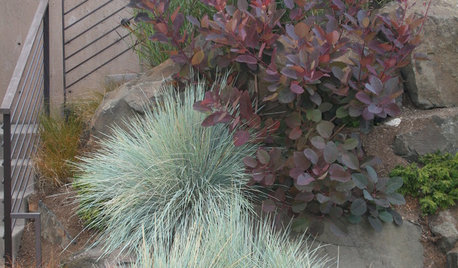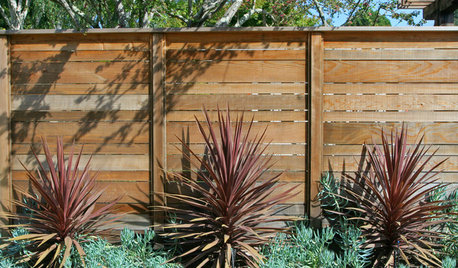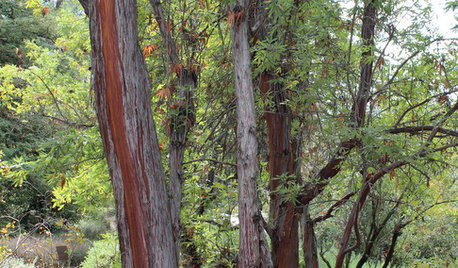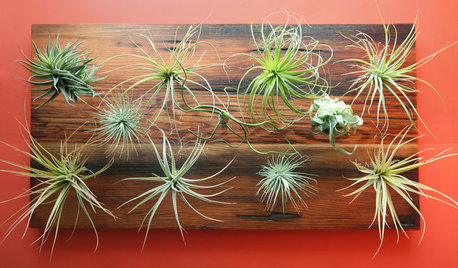How is a plant classified as a tree?
mcgyvr2009i
10 years ago
Related Stories

LANDSCAPE DESIGNGreat Design Plant: Retreat to the Shade of Hardy Catalpa
Big foliage and a towering height provide a shady respite in summer, but that's not all hardy catalpa offers dedicated gardeners
Full Story
GARDENING GUIDESPrunus Virginiana Thrives Under Deciduous Trees
Plant chokecherry for showy white flowers favored by native bees in spring, and to provide nesting habitat and food for birds
Full Story
GARDENING GUIDESPlant Black Cherry Trees for the Birds and Bees
Plant Prunus serotina in the Central and Eastern U.S. for spring flowers, interesting bark and beautiful fall color
Full Story
PURPLE FOLIAGEGreat Design Plant: Smoke Tree
Plant a 'Grace' smoke tree for months of red, burgundy and purple foliage and an unusual spring bloom
Full Story
ARBOR DAY8 Reasons to Plant a Great Tree
Beauty is its own reward, but the benefits of planting the right tree in the right place go way beyond looks
Full Story
GARDENING GUIDESWhen and How to Plant a Tree, and Why You Should
Trees add beauty while benefiting the environment. Learn the right way to plant one
Full Story
GARDENING AND LANDSCAPINGGreat Design Plant: Tree Aloe
Plant this Dr. Seuss-like evergreen for an added character in your garden
Full Story
GARDENING GUIDESGreat Design Plant: Cabbage Tree
Happiest in plentiful sun, this tropical-looking tree gives a pool area or backyard landscape an exotic view all summer long
Full Story
LANDSCAPE DESIGNGreat Design Plant: Catalina Ironwood, a Tree for Antiquity
Peeling bark gives this tree an antique look, but its low water needs are perfect for drought-prone areas today
Full Story
URBAN GARDENSDirt Optional: Amazing Air Plants for Wall or Tree
Succulents and air plants are stunning on winter walls — and the Christmas tree
Full StoryMore Discussions








brandon7 TN_zone7
lucillle
Related Professionals
Eden Prairie Landscape Architects & Landscape Designers · Oconomowoc Landscape Architects & Landscape Designers · Davidson Landscape Contractors · Davis Landscape Contractors · Hickory Hills Landscape Contractors · Lemay Landscape Contractors · Louisville Landscape Contractors · Old Saybrook Landscape Contractors · Ponte Vedra Beach Landscape Contractors · Hawaiian Gardens Landscape Contractors · Beverly Hills Siding & Exteriors · Madison Siding & Exteriors · St. Louis Siding & Exteriors · Woodland Hills Siding & Exteriors · South Milwaukee Decks, Patios & Outdoor EnclosuresKentuckyBristle
ken_adrian Adrian MI cold Z5
rhizo_1 (North AL) zone 7
brandon7 TN_zone7
brandon7 TN_zone7
ken_adrian Adrian MI cold Z5
brandon7 TN_zone7
brandon7 TN_zone7
Hurtle
famartin
famartin
tom_nwnj
famartin
famartin
mcgyvr2009iOriginal Author
famartin
greenthumbzdude
brandon7 TN_zone7
Sara Malone Zone 9b
mrsgalihad
famartin
User
widdringtonia